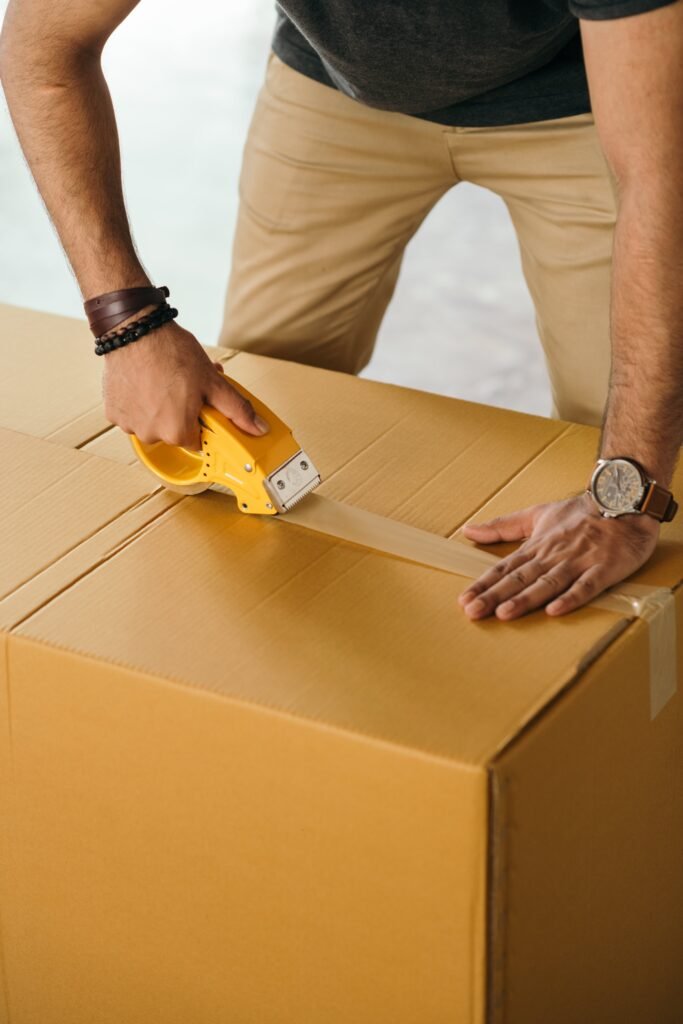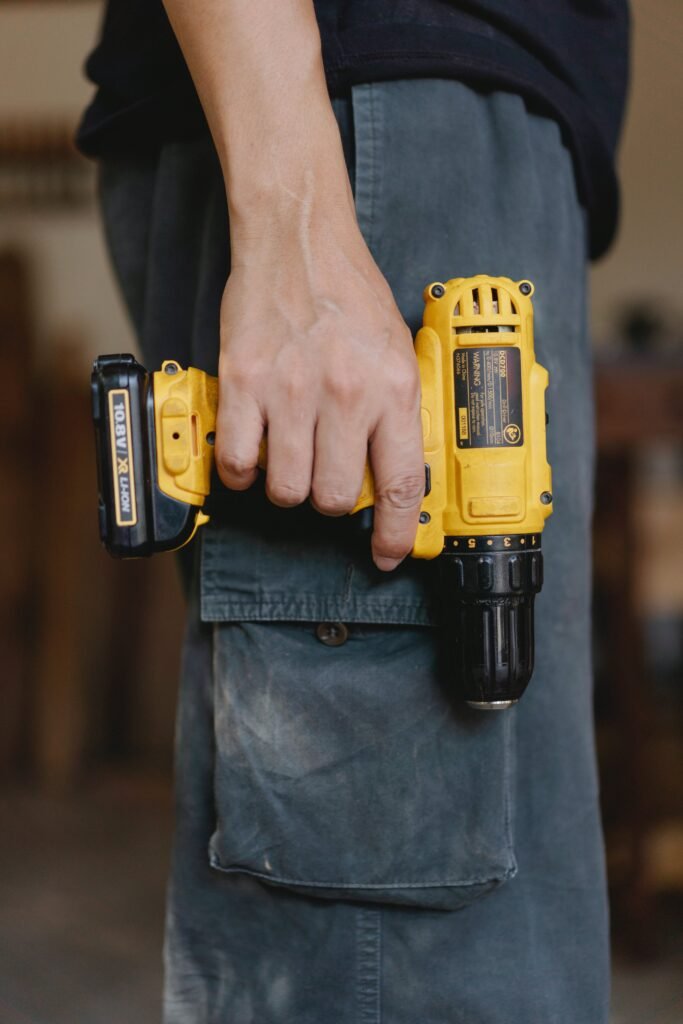
In the quest to keep your belongings in tip-top shape, it’s important to steer clear of common mistakes that could potentially damage or hinder the effectiveness of your maintenance efforts. Whether it’s regular cleaning routines or specific maintenance tasks, being mindful of potential pitfalls can save you time, money, and unnecessary frustration. This article will shed light on some of the most prevalent mistakes to avoid in maintenance and cleaning, offering helpful tips and insights to ensure your belongings stand the test of time.

This image is property of images.pexels.com.
Common Mistakes to Avoid in Maintenance
Maintenance and cleaning are essential tasks in keeping equipment, machinery, and systems in optimal working condition. However, there are common mistakes that individuals and organizations often make when it comes to maintenance. By being aware of these mistakes and taking proactive measures to avoid them, you can ensure that your maintenance efforts are effective and efficient. In this article, we will explore the most common mistakes to avoid in maintenance and provide practical tips for prevention.
Neglecting Regular Maintenance
One of the biggest mistakes people make in maintenance is neglecting regular maintenance tasks. Whether it’s due to a busy schedule or a lack of understanding about the importance of regular maintenance, putting off these tasks can have serious consequences. Ignoring scheduled maintenance tasks, such as changing filters or inspecting components, can lead to equipment failure and costly repairs. Additionally, not checking for wear and tear or skipping preventive maintenance measures can contribute to premature equipment deterioration and reduced performance. To avoid these issues, it is crucial to prioritize regular maintenance and create a schedule to ensure that tasks are consistently performed.
Using Incorrect Tools and Equipment
Using incorrect tools and equipment is another common mistake that can compromise maintenance efforts. When working on equipment or machinery, it is essential to use tools specifically designed for the task at hand. Using the wrong tools can not only lead to ineffective maintenance but also cause damage to the equipment or even pose safety risks. Additionally, not calibrating equipment properly or using the wrong cleaning agents can result in incorrect measurements or ineffective cleaning, respectively. To avoid these mistakes, always ensure that you have the correct tools and equipment for each maintenance task and follow the manufacturer’s recommendations for calibration and cleaning agents.
Not Following Manufacturer’s Instructions
Manufacturers provide specific instructions for the operation and maintenance of equipment for a reason. However, many people make the mistake of not following these instructions, often with unintended consequences. Disregarding recommended maintenance schedules can lead to premature equipment failure or void warranties. Ignoring specific guidelines for equipment operation and maintenance can compromise performance and pose safety risks. Using incompatible products or methods can damage equipment or lead to ineffective maintenance. To avoid these mistakes, always refer to the manufacturer’s instructions and follow them diligently. These instructions are designed to help you achieve optimal equipment performance and longevity.

This image is property of images.pexels.com.
Failing to Inspect and Identify Problems Early On
Regular inspections are crucial for identifying potential problems before they escalate into major issues. Unfortunately, many individuals and organizations make the mistake of not conducting inspections or neglecting to address minor issues. By failing to inspect equipment regularly, you may miss signs of wear and tear, loose connections, or other issues that, if left unattended, can lead to equipment failure or safety hazards. Additionally, not addressing minor issues can result in more significant and costly repairs down the line. To prevent these mistakes, make a habit of conducting regular inspections, documenting any observed issues, and promptly addressing them to prevent further damage or failures.
Ignoring Safety Protocols
Maintaining a safe working environment is crucial in any maintenance endeavor. However, people often make the mistake of ignoring safety protocols, which can lead to accidents and injuries. Not wearing personal protective equipment (PPE), such as helmets, gloves, or goggles, can expose you to various hazards. Neglecting lockout/tagout procedures during equipment maintenance or repair can result in unexpected start-ups and potentially life-threatening situations. Disregarding safety warnings and instructions, such as operating machinery or equipment without proper training, can also lead to accidents. To prioritize safety in maintenance, always wear the appropriate PPE, follow lockout/tagout procedures, and pay attention to safety warnings and instructions.

This image is property of images.pexels.com.
Overlooking Proper Lubrication
Proper lubrication is critical for the smooth and efficient operation of equipment and machinery. However, many people make the mistake of not paying enough attention to this aspect of maintenance. Not using the correct lubricants, such as using a lubricant that is not suitable for the specific equipment or application, can lead to excessive friction and damage. Additionally, not applying lubricants at recommended intervals can cause components to wear out prematurely. Using too much or too little lubrication can also have detrimental effects on equipment performance and longevity. To avoid these mistakes, familiarize yourself with the manufacturer’s recommendations for lubrication, ensure you are using the correct lubricants, and adhere to the suggested intervals for application.
Not Keeping a Maintenance Record
Maintaining a record of all maintenance activities is vital for tracking equipment performance, identifying patterns, and planning future maintenance tasks. Unfortunately, many individuals and organizations make the mistake of not documenting their maintenance activities. Failing to document maintenance activities can make it difficult to recall when specific tasks were last performed, which can lead to missed maintenance opportunities or duplicative efforts. Not tracking equipment history and repairs can also hinder troubleshooting efforts and lead to delays in resolving issues. To prevent these mistakes, establish a system for documenting maintenance activities, including dates, performed tasks, and any observations or repairs made. This record will serve as a valuable reference for future maintenance and help ensure that all necessary tasks are completed.
Skipping Training and Education
Maintenance techniques and best practices evolve over time, and it is crucial to stay updated on the latest advancements. However, many individuals and organizations make the mistake of not prioritizing training and education in maintenance. Not staying updated on equipment maintenance techniques can lead to outdated practices that may not be as effective or efficient. Neglecting to provide training for maintenance staff can limit their knowledge and skills, hindering their ability to perform maintenance tasks correctly. Not learning from past mistakes or industry best practices can also impede continuous improvement and optimization of maintenance efforts. To avoid these mistakes, allocate time and resources for training and education, both for yourself and your maintenance team. Stay informed about advancements in maintenance techniques and encourage a culture of learning and sharing within your organization.
Using Low-Quality Replacement Parts
When it comes to replacing components or parts during maintenance, using high-quality replacement parts is crucial. However, many people make the mistake of opting for low-quality, cheaper alternatives. Using low-quality replacement parts can compromise equipment performance and longevity. These parts may not meet the necessary specifications or quality standards, leading to premature failures or subpar performance. To avoid these mistakes, always source replacement parts from reputable suppliers and ensure that they meet the recommended specifications and quality standards. Investing in high-quality replacement parts will ultimately result in better equipment performance and longer service life.
Not Seeking Professional Help When Needed
While it is essential to have internal maintenance capabilities and expertise, there are instances where seeking professional help is necessary. Unfortunately, many individuals and organizations make the mistake of attempting complex repairs without proper expertise or consulting manufacturers or experts for guidance. These attempts can result in further damage to the equipment or pose safety risks. Ignoring the importance of specialized knowledge and experience can hinder the resolution of complex issues and lead to prolonged equipment downtime. To prevent these mistakes, recognize and acknowledge when a problem requires professional assistance. Consult manufacturers or experts in the field to ensure that repairs or maintenance tasks are carried out correctly and safely. Prioritize the safety and reliability of your equipment by seeking the appropriate professional help when needed.
In conclusion, maintaining equipment and systems is crucial for ensuring their optimal performance and longevity. By avoiding common mistakes, such as neglecting regular maintenance, using incorrect tools, not following manufacturer’s instructions, failing to inspect and identify problems early on, ignoring safety protocols, overlooking proper lubrication, not keeping a maintenance record, skipping training and education, using low-quality replacement parts, and not seeking professional help when needed, you can enhance the effectiveness and efficiency of your maintenance efforts. Prioritize maintenance, follow guidelines, stay informed, and seek help when needed to avoid these common mistakes and achieve long-term success in equipment maintenance.

